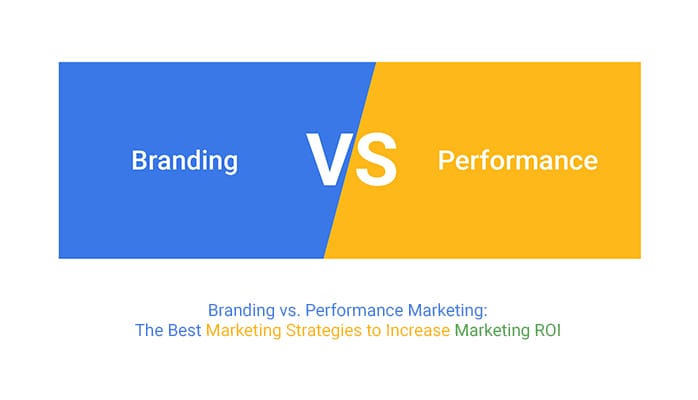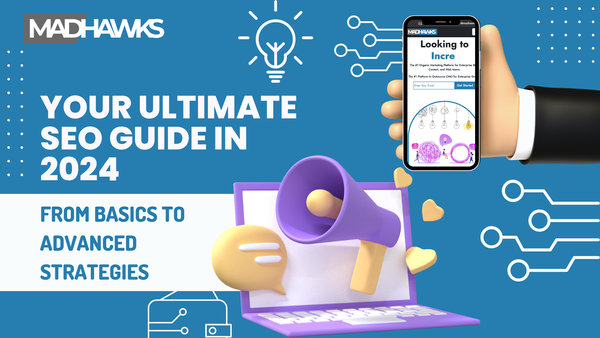Interview - All Ads Aim for Both Branding and Performance

Chief Interviewer: When it comes to promotion, we see changes in both channels and methods. What do you think should change, and what should remain the same? What should we alter, and what should we hold on to?
Xiao Ma Song: Fundamentally, the essence remains unchanged. What has changed significantly are the forms and methods of promotion.
For instance, if we look back 20 years, a brand would gain national recognition simply by advertising on CCTV. Once you had that visibility, you just needed to distribute your products nationwide and find agents, and your sales would take off. The key back then was knowing that advertising worked. Many were hesitant to advertise, but those who did were ahead of the curve because they understood its value.
Today, however, ads don't have the same impact because their efficiency has decreased. Why? Because there's no longer a central medium like CCTV that can quickly influence all consumers nationwide. Today’s media is fragmented into various platforms.
For example, I came across a brand called Buff Unicorn. They create low-calorie versions of everyday foods, like chocolate bars and Chongqing noodles. Their advantage is they hardly spend on traditional ads. Instead, they focus on promoting through long-tail keywords on platforms like TikTok and Little Red Book, and through e-commerce. They've built a substantial scale with this approach, reaching millions.
This company also has a strong supply chain, enabling them to be profitable even with smaller sales volumes. Many would think that having sales of only 500,000 to 1 million units per year isn't worthwhile and wouldn't pursue it. This reduces their competition, protecting their profit margins.
Chief Interviewer: Typically, businesses hope that their promotional spending will enhance their brand and convert traffic, achieving a balance of branding and performance. What's your take on this?
Xiao Ma Song: First, all ads aim to balance branding and performance; it's what you're striving for. However, my definition might differ from others'. Most people think that a successful ad brings immediate conversions, but what if the conversion period is 10 years?
For example, if we put up a large billboard in Shenzhen Qianhai for 2 million yuan a year, it might not seem effective immediately. But after two years, it could start making an impact. Imagine seeing that billboard every day—by the end of 10 years, it would definitely have left an impression.
Take the brand Master Kong. Notice how they haven't advertised in years, yet you still know their jelly/pudding products. The ads they ran years ago still influence today's consumers.
Similarly, when I do interviews or give talks, it's essentially promoting my marketing consultancy. A business owner might agree with me now but not need my services immediately. Three or five years later, they might remember me and reach out. This is also a form of balancing branding and performance, though it has a longer cycle. It depends on whether you can accept that timeline.
Secondly, all brand promotions are effective, but not all companies have unlimited budgets. We must acknowledge that our marketing funds are limited. Therefore, most people pursue short-term effects, like advertising on TikTok or partnering with major influencers for quick, predictable sales growth. Traditional ads don’t have the same immediate impact they once did.
So, you need to distinguish your ad spend. If your budget allows, I suggest investing in some traditional advertising. This helps build a long-term brand image with consumers.



